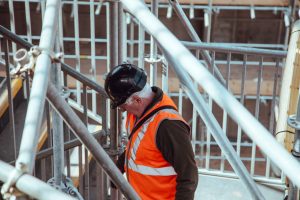How to identify bottlenecks in a packaging production line
Imagine a production line in which only good parts are produced (100% quality), as fast as possible (100% performance) and without stops (100% availability). The Overall Equipment Effectiveness (OEE) would equal 100%, which means “perfect production”. Even though dreams can come true (100% OEE), perfect production is rather rare, and in many cases, the manufacturing shop-floor can become, for those directly involved in the production, a nightmare instead. Machines fail for several reasons, humans make mistakes and all of this together makes it impossible to achieve perfection. Digital Maturity in the Packaging Industry Benchmarking Report: Download it now for free! The good news is that there is always room for improvement, i.e. we can always do things better. Aiming at that, a continuous improvement process should be put in place to tackle exactly what prevents a production line from being perfect. In the “Theory of Constraints”, Eliyahu M. Goldratt, author of the best-selling book titled “The Goal”, argues that one should follow “The Five Steps of Focusing” to achieve the goal (e.g. maximize overall throughput): Identify the system's constraint(s); Decide how to exploit the system's constraint(s); Subordinate everything else to the above decision(s); Alleviate the system's constraint(s); If…







